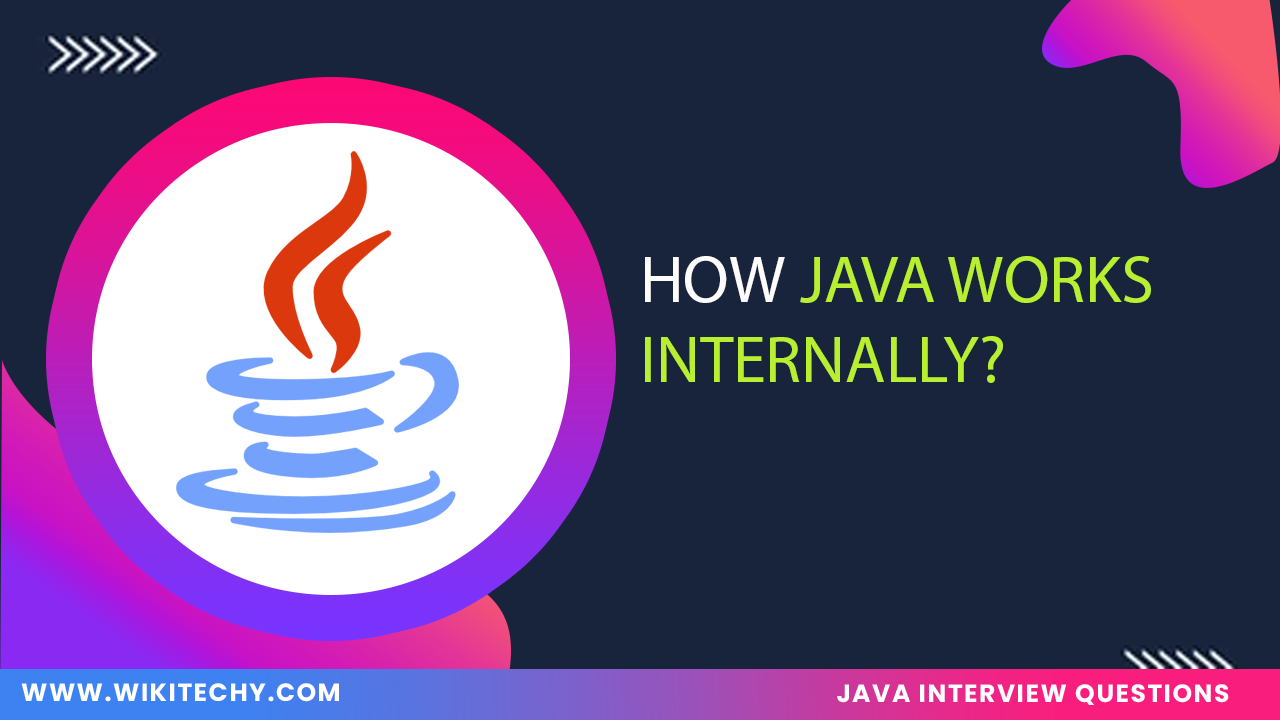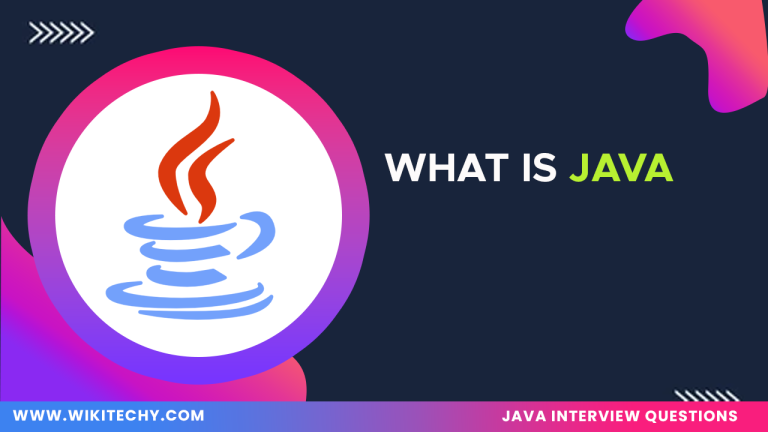- Java is a compiled and interpreted language, meaning that Java code is first compiled into an intermediate form called bytecode and then interpreted by the Java Virtual Machine (JVM) on the host system.
- This process ensures that Java is platform-independent, as the JVM can run the same bytecode on different operating systems without modification.
Definition
- Java’s internal workings rely on two main components: the Java Compiler (javac) and the Java Virtual Machine (JVM).
- The compiler converts the source code (written in Java) into platform-independent bytecode. This bytecode is then executed by the JVM, which translates it into machine-specific instructions for the host operating system.
Key Features of Java’s Internal Workings

- Java programs are compiled into bytecode, which can run on any machine that has a JVM installed, ensuring platform independence.
- Java’s bytecode verification ensures that malicious code cannot compromise the host system, providing a secure execution environment.
- Java uses automatic garbage collection to manage memory, which helps in preventing memory leaks and optimizing memory usage.
- The JVM uses JIT compilation to improve performance by converting bytecode into native machine code at runtime.
- Java supports multithreading natively, and the JVM efficiently manages thread execution and context switching.
Advantages of Java’s Internal Architecture
- The JVM allows Java programs to be run on any device or operating system, as long as the JVM is installed, enabling platform independence.
- Java’s bytecode verification and runtime security features protect the system from malicious code and memory access violations.
- With features like JIT compilation, Java provides a balance between execution speed and memory efficiency, making it suitable for high-performance applications.
- Automatic garbage collection improves memory management and frees developers from handling low-level memory operations.
- Java resolves references to other classes and methods at runtime rather than during compilation, making it easier to update or patch applications without recompilation.
Uses of Java’s Internal Architecture
- Java’s architecture is ideal for applications that need to run on multiple operating systems, such as web applications or cross-platform desktop software.
- Java’s robust memory management and performance optimization make it a top choice for large-scale, enterprise-level applications.
- Android development uses Java, where bytecode is converted into Dalvik bytecode and executed on the Android Runtime (ART).
- Java’s platform independence, security features, and efficient memory management make it ideal for building scalable distributed systems and cloud applications.
The JVM’s performance features, including multithreading and JIT compilation, make Java suitable for high-performance tasks like game development or simulations.





